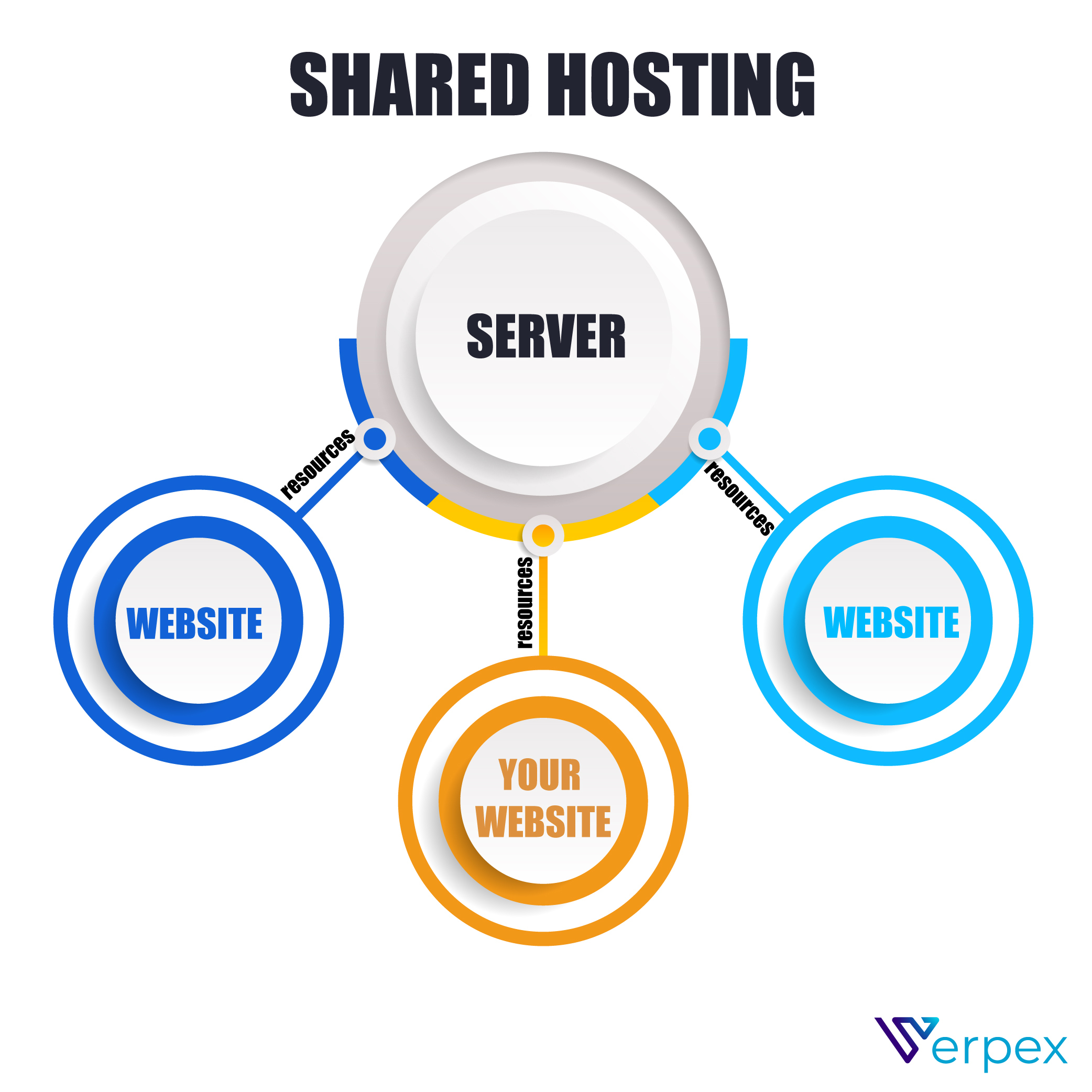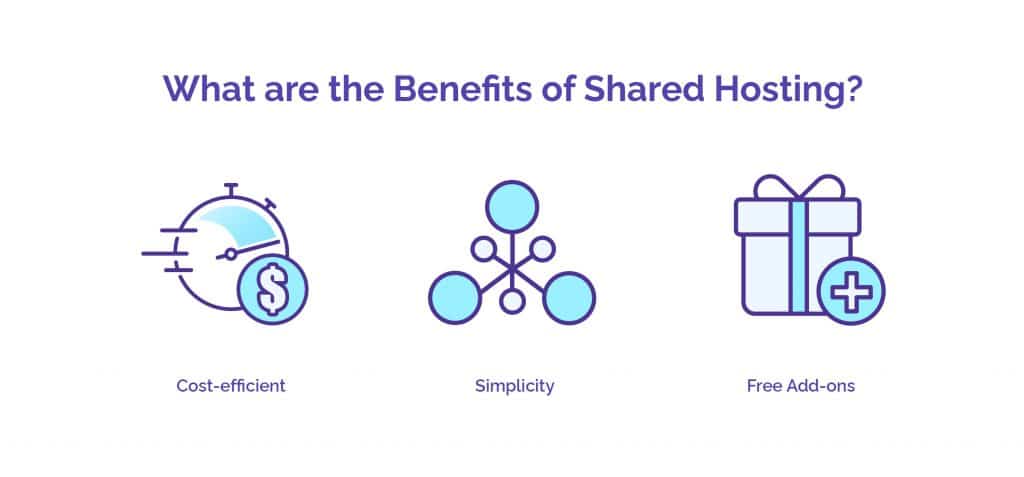1. What is Shared Hosting?
Shared hosting is a type of web hosting where multiple websites are hosted on a single server and share its resources, including CPU, RAM, bandwidth, and storage. Since the costs are distributed among multiple users, shared hosting is one of the most budget-friendly options available.
This hosting type is ideal for individuals and small businesses that don’t require extensive resources or advanced configurations. Shared hosting providers typically handle maintenance, security updates, and server management, making it easy for beginners to get started without technical expertise.
However, because multiple websites share the same server, performance can be affected during high-traffic periods, and users have limited customization options compared to VPS or dedicated hosting.
2. Key Features of Shared Hosting
Shared hosting comes with several essential features designed to provide an easy and affordable web hosting experience:
- Cost-Effective Pricing – Shared hosting is the most affordable hosting option, making it great for beginners.
- User-Friendly Control Panel – Most providers offer cPanel or similar interfaces for easy website management.
- Pre-Installed Software – Many shared hosting plans come with one-click installers for WordPress, Joomla, and other CMS platforms.
- Basic Security Features – Includes SSL certificates, firewalls, and regular security updates to protect websites.
- Limited but Sufficient Resources – Websites share CPU, RAM, and bandwidth, which is usually enough for small to medium-sized websites.

3. Benefits of Shared Hosting
Shared hosting offers several advantages, particularly for individuals and businesses just starting their online journey. Some key benefits include:
- Low Cost – The most budget-friendly hosting option, with plans starting as low as a few dollars per month.
- Easy Setup & Maintenance – Hosting providers handle server management, security updates, and technical maintenance.
- Beginner-Friendly – No need for advanced technical knowledge to manage a website.
- Multiple Website Hosting – Many shared hosting plans allow users to host multiple websites on the same account.
- 24/7 Customer Support – Reliable hosting providers offer round-the-clock assistance for technical issues.

4. Limitations of Shared Hosting
While shared hosting is a great starting point, it does have some drawbacks that should be considered:
- Limited Performance – Since resources are shared, high traffic on other websites can slow down your site.
- Lower Security Levels – Shared hosting is more vulnerable to security risks because multiple websites exist on the same server.
- Restricted Customization – Users have limited control over server configurations and cannot install custom software.
- Scalability Issues – Shared hosting may not be suitable for websites with growing traffic, requiring an upgrade to VPS or dedicated hosting.
- Potential Downtime – Overloaded servers may experience downtime, affecting website availability.

5. Choosing the Right Shared Hosting Provider
When selecting a shared hosting provider, consider the following factors:
- Performance & Uptime Guarantee – Look for providers with a 99.9% uptime guarantee to ensure website availability.
- Security Features – SSL certificates, malware protection, and automatic backups are essential for website safety.
- Customer Support – 24/7 support via live chat, phone, or email is crucial for resolving technical issues.
- Scalability Options – Choose a provider that allows easy upgrades to VPS or dedicated hosting as your website grows.
- Pricing & Features – Compare pricing, storage, and bandwidth limits to get the best value.
Popular shared hosting providers include Bluehost, SiteGround, HostGator, and A2 Hosting. Reading customer reviews and testing support responsiveness can help you make the best choice.



You must be logged in to post a comment.